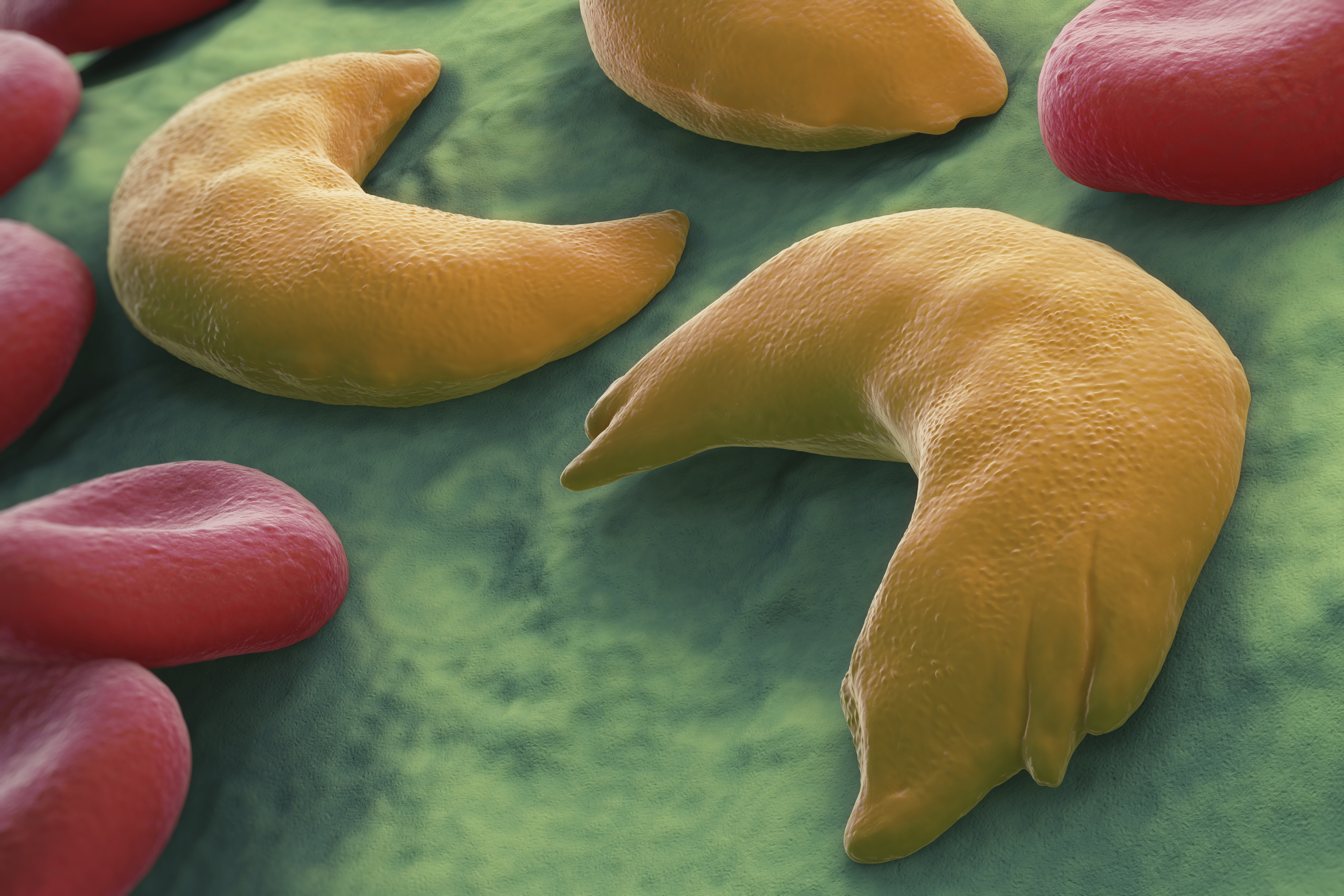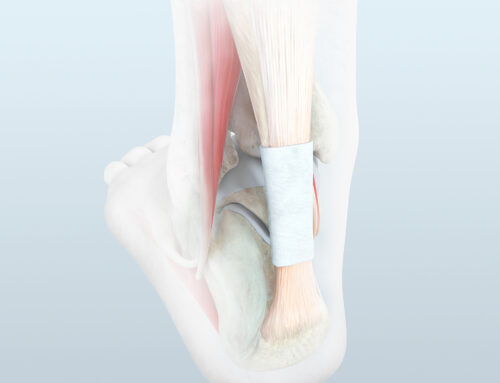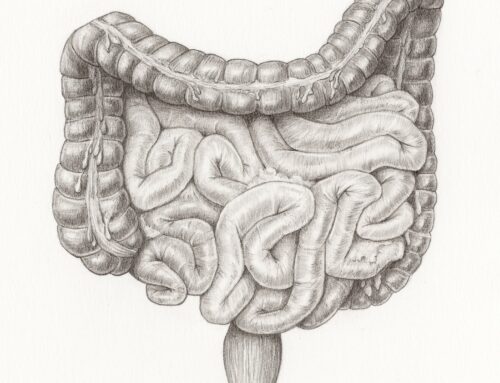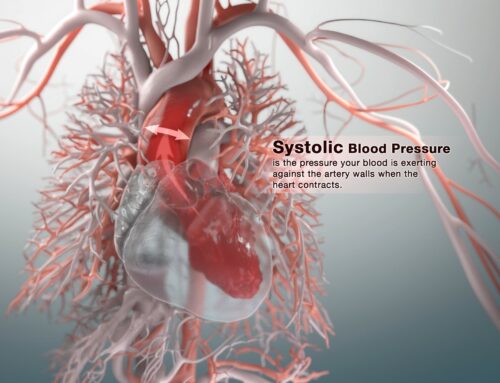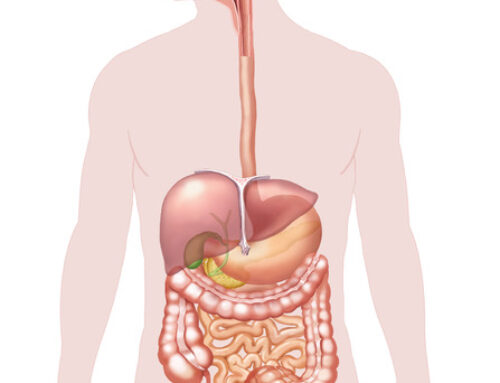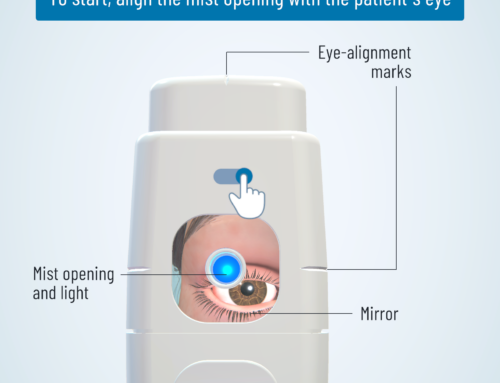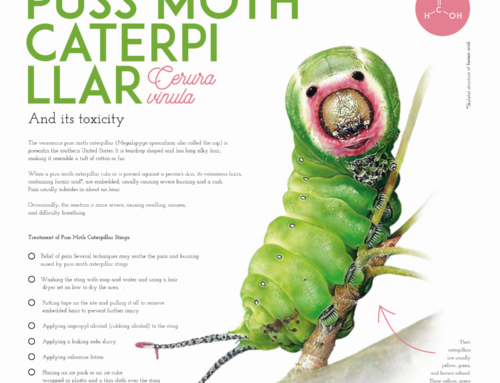This image of the sickle cell is from Phototake.
From this month’s Phototake Topic:
World Sickle Cell Day has just passed and yet, 100 years after the disease was first diagnosed, the options for a cure or treatment are still limited and often problematic. Over 3 million people suffer from sickle-cell disease and around 200,000 die from it each year, but it is still difficult to get funding for research or to even find participants to take part in studies. SCD is a genetic disorder affecting the blood, causing blood cells to have a sickle or “c” shape. This defect can lead to a variety of health problems, including chronic pain, anemia, bacterial infection, stroke, and decreased life expectancy. While a bone marrow transplant can cure the disease, it can be near impossible to find a match, the procedure has a mortality rate as high as 5%, and patients who undergo the transplant require anti-rejection medication for the rest of their lives.
This defect can lead to a variety of health problems, including chronic pain, anemia, bacterial infection, stroke, and decreased life expectancy. While a bone marrow transplant can cure the disease, it can be near impossible to find a match, the procedure has a mortality rate as high as 5%, and patients who undergo the transplant require anti-rejection medication for the rest of their lives.
See more work from Phototake through their Medical Illustration Sourcebook portfolio and at phototakeusa.com.

